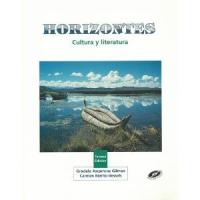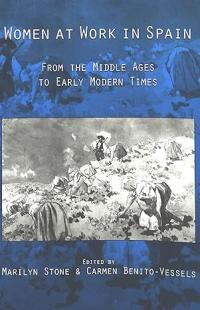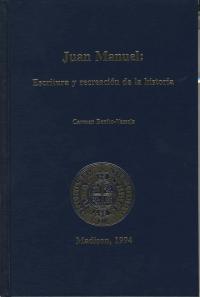In this densely written, subtle, often insightful book, Naharro-Calderón takes on the task of localizing the various nuances of the socio-political condition that defined writers within and without Spain in the aftermath of the Spanish Civil War. He sets up Juan Ramón Jiménez as a central figure for readings of Antonio Machado, Jorge Guillén, Pedro Salinas, Pedro Garfias, Luis Cernuda, and Damaso Alonso that illuminate the weave of texts and intertexts in this period of Spanish poetry that formed the waning years of a Silver Age. The first quarter of the book is given over to a close discussion of the phenomenon of exile: "la pérdida del espacio de origen" (25). After an avalanche of notes, Naharro reaches an aporia (one of the words of postmodernist and deconstructionist discourse of which he is fond), and states resignedly that it is impossible to arrive at a satisfactory "delimitaci6n semantica" of exile but that it is "un fen6meno antiguo y actual conectado con el origen y futuro de la tierra" (58). He establishes his terminology: instead of posguerra, he prefers "'d6cadas de entresiglo' o 'entresiglo' a secas," and to avoid prolonging the myth of "exilio interior," for which he feels Paul Ilie is responsible, he proposes "literatura perseguida, censurada, resistente, o disidente" (93). The rest of the book is less polemical and makes many contributions to enlarging and refocusing the account of Spain's poetry from 1940 to 1960. Naharro's discussion of the fortunes of Juan Ram6n vis-a-vis Antonio Machado shows sharply how politics, ignorance, and censorship combined to create the leyenda blanca about the reclusive Juan Ram6n and the socially committed Machado. The two Andalusians had much in common: they were both anti-moderns concerned about the algebraic spirit of the new poetry; they were both neoromantics in their conception of the poet as prophet and both congenial to Heidegger's ideas about poetry; they both exalted el pueblo ("lo mejor de España," "la aristocracia congénita," Juan Ramón; "el hombre elemental y fundamental," "la aristocracia española está en el pueblo," Machado [172-77]). Machado broke with Ortega's notion of a governing elite, but Juan Ramón was less perturbed, claiming, however, in a discussion of T. S. Eliot's Notes toward a Definition of Culture, that elitism had nothing to do with class. Finally, both Juan Ramón and Machado believed that poets do not write for the masses. Given these parallels, plus Juan Ramón's early and unconditional allegiance to the Republic and his refusal to negotiate, through Juan Guerrero, with the censors, it is a sad lesson in the genesis of legends that Naharro tells. The vexing story of Juan Ramón's relation with younger poets, heretofore anecdotal in nature, Naharro recasts in the language of Harold Bloom: the anxiety of strong poets to overcome their predecessors, means of adaptation and veering away. Ansiedad is the proper word for all parties concerned. The case of Cernuda is enlightening: he attacked, was attacked, responded, then freed himself and went, especially via his dramatic monologues, his own strong way. In "El poeta," Cernuda presented the figure of Juan Ram6n as a precursor of his own poetic devotion, thereby purging himself of his own anxiety of influence. Naharro is right to point out that Cernuda was not an inadaptado, but rather one of the poets of his generation who got beyond solipsism in a convincing way. In a final chapter, Naharro adds to the cultural panorama of the entresiglo through a discussion of the contents of the Juan Guerrero letters in the Juan Ram6n Jimenez collection in Puerto Rico. As early as March 22, 1940, Guerrero was sharing information with Juan Ramón' on the whereabouts of individuals and Blecua began his pursuit of books by Guillén and Juan Ramón'. A copy of "Poeta en Nueva York" was in Blecua's hands in April 1945 (400). In short, although few readers had access to the works of the absent Spanish poets, many individual writers went to great length to acquire now canonical texts. The Guerrero correspondence is, indeed, an invaluable source for the intrahistoria of Spanish poetry. Naharro's book is rich in detail, overlapping on occasion, but thoughtprovoking and illuminating in its effort to go beyond generalizations and ponder cultural details.HOWARD YOUNG
Barcelona: Anthropos, 1994. 463 p. ISBN 84-7658-438-5





![Entre el exilio y el interior: el "entresiglo" y Juan Ramón Jiménez. [Exile from within: the 'entresiglo' and Juan Ramón Jiménez]](/sites/default/files/styles/headshot/public/2021-07/9016397928_2880287a80_b.jpg?itok=oN3ASXum)